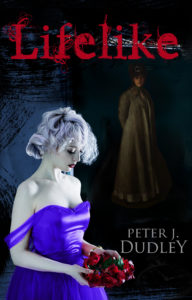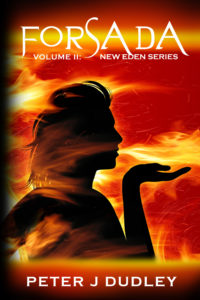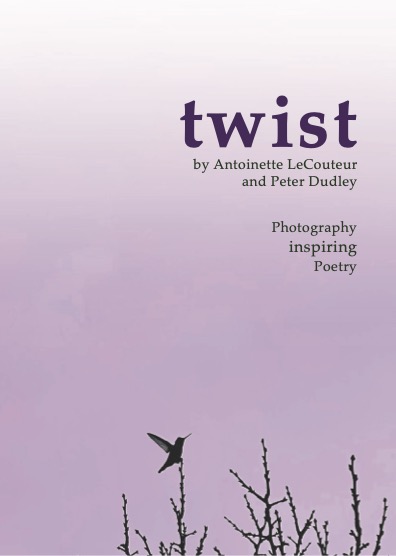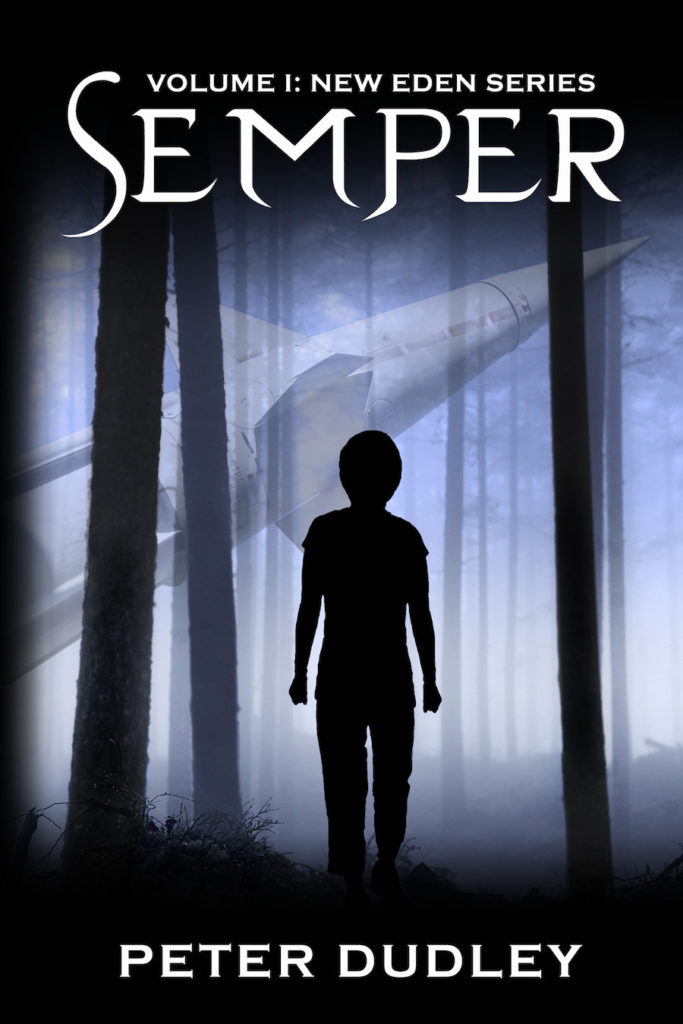Today (March 27) is the last of a 5-day run where all my books are
free on Amazon for Kindle. Get them all here (click title or cover for the Amazon page):
LIFELIKE
For teens and adults

Have you ever loved someone who could kill you with their paintbrush?
Jewel’s artistic talent is like magic, as if her brush were a witch’s wand, not a simple painting tool. She thinks she could surpass the old masters, if she could only escape her parents’ plastic existence. When she’s finally out of high school, she flees to San Francisco and a fresh start.
What she doesn’t know is that her talent is fueled by an untamed and dangerous magic which makes her an unwilling threat to the people she loves. When a mysterious, alluring art teacher promises to train her to control and harness that magic, Jewel puts her future–and her body–into his seductive hands. She soon discovers she’s not his first pupil, however, and as she learns the truth from the girls who came before, Jewel is faced with a terrible choice: Give up painting and spend her life running away, or risk her life–and her very soul–to destroy the man she’s fallen in love with.
SEMPER – first in the “New Eden” trilogy
 For teens and adults
For teens and adults
Three hundred years after nuclear war destroyed most of the Earth, Southshaw exists as a lush oasis in a desolate, charred world steeped in radiation. The Ancients were able to keep out the mutants and preserve Southshaw’s mountain valley, establishing a peaceful and thriving community built on faith and simplicity of life. Technology is forbidden, as the pursuit of knowledge is believed to have led to the nuclear apocalypse twelve generations ago. It is Semper’s duty to manage the community and provide spiritual leadership to Southshaw’s citizens.
Dane is in line to become the thirteenth Semper of Southshaw. On the eve of his sixteenth birthday, however, he finds that the ghost stories from his childhood and the frightening tales of mutants in the north are not just legends. But the legends are not entirely true, either. And suddenly he’s faced with a choice he never expected to make: should he take his place as Semper, obeying his cruel uncle and twelve generations of Southshaw Truth, or should he follow his heart and risk exile and death to unearth the real truth? An exotic huntress, a mythical ghost-man, and a tailor’s daughter hold the keys to his answer. And to the survival of Southshaw–and possibly all of humanity–itself.
FORSADA – second in the “New Eden” trilogy
 For teens and adults
For teens and adults
Lupay isn’t afraid of fighting, but what can one girl do against an army? Thousands of Southshawans, whipped into a war frenzy by a fundamentalist demagogue, are poised to sweep in and crush her home of Tawtrukk, and Lupay is powerless to stop it.
Or is she?
Driven into hiding and pursued even into the depths of the mountain, Lupay and her friends do their best to resist. But resistance won’t withstand the onslaught forever, and ultimately Lupay must choose: flee into the radioactive barrens of the Desolation, or rise up and fight fire with fire, like the legendary Tawtrukk warrior queen, Forsada.
FREDA – final book of the “New Eden” trilogy
 For teens and adults
For teens and adults
In the aftermath of war, false friendships, failed loyalties, and new alliances make truth difficult to see clearly. The battle for Tawtrukk is over, but the madman that started it all has escaped, and now he has instructions for detonating the nuclear bomb that stood dormant in the Southshaw chapel for thirteen generations. If he can’t be stopped in time, Freda will have to find some way to lead the survivors to a new home over the mountains, into a land she’d always been taught was an uninhabitable wasteland of smoldering radiation.
Cryptic clues left by Southshaw’s Founders three hundred years ago suggest that the land may not be as desolate as everyone thought, but can those clues be trusted? Can Freda unite the bitter, angry remnants of the Southshaw, Tawtrukk, and Subterra peoples? Can she get them to follow the clues when many think they lead to death instead of to the paradise Freda believes they promise?
THE BAD LIE
 For 3rd to 6th graders
For 3rd to 6th graders
Jay had hoped to spend the summer after fifth grade at his dad’s in New York, but instead he’s stuck in boring day care while his mom works and his friends bike around and have fun. Jay’s weekly bright spot is the day care’s golf outings at Fair Elm Country Club on Monday and Wednesday afternoons. Although his cool friends make fun of him for being in day care, he likes golfing with Becca, a smart girl on the fringe of the popular group who’s really helping him improve his putting. When his friends convince him to “have some fun” one night with their bikes, things turn bad. Jay’s efforts to stay out of trouble backfire, causing even more problems and almost destroying his friendship with Becca. On the verge of starting middle school, Jay has to choose: He can either lie and keep his popular friends while avoiding punishment, or he can own up what he’s done and win back Becca’s respect.











 Tall pines stand stoic
Tall pines stand stoic
